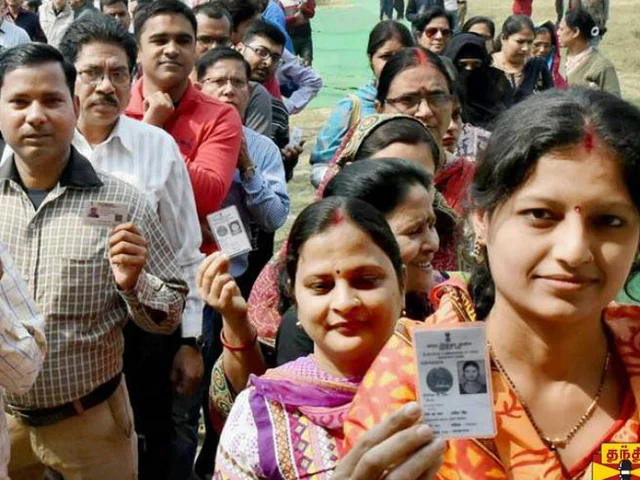Cuisine: A Simple Guide to South Asian Food and Flavours
South Asian cuisine is a mix of bold spices, fresh herbs and cooking tricks passed down for generations. From the fiery curries of India to the sweet desserts of Sri Lanka, each country adds its own twist. Want to know why the food tastes so vibrant? It’s all about the balance of heat, sour, sweet and salty.
What Makes South Asian Food Unique?
First, the spice box. Almost every kitchen keeps cumin, coriander, turmeric, mustard seeds and chili ready to go. Second, the techniques. Tempering (or "tadka") releases flavors in hot oil before they hit the main dish. Third, the staple base – rice or flatbreads like roti and naan – that soaks up sauces and curries.
Each region has a signature dish. In northern India, buttery butter chicken hides a simple tomato gravy. Pakistan’s biryani layers fragrant rice with marinated meat. Bangladesh loves fish curry cooked in mustard oil. Nepal’s momos are little steamed dumplings, while Sri Lankan hoppers are bowl‑shaped pancakes with a crisp edge.
Easy Ways to Bring the Flavour Home
Don’t worry if you’re new to the spices. Start with a ready‑made blend like garam masala or curry powder – it saves time and still gives that authentic kick. Pair it with a protein you already like, such as chicken, lentils or paneer, and add a handful of fresh cilantro at the end for brightness.
Cooking rice the South Asian way is simple: rinse, soak for 20 minutes, then cook with a pinch of salt and a splash of oil. The grains stay separate and fluffy, perfect for scooping up sauces. For a quick flatbread, mix flour, water, a dash of oil, roll thin and cook on a hot pan for a minute each side.
If you crave a snack, try making your own chaat. Toss boiled potatoes, chickpeas, chopped onions, tamarind sauce and a sprinkle of sev (crispy noodles) together. It’s tangy, crunchy and ready in minutes. Or blend mango, yogurt and a pinch of cardamom for a refreshing lassi.
Remember, the best part of South Asian cuisine is its flexibility. You can swap veggies for meat, adjust the heat level, or use coconut milk instead of cream. Experiment with what you have – the flavors will still shine.
So next time you’re planning a meal, think about adding a South Asian twist. A dash of cumin, a splash of yogurt, and you’ve turned an ordinary dish into something exciting. Enjoy the journey and let the aromas guide you to new tasty experiences.
The US often gets Indian food wrong due to cultural misunderstandings. Dishes like tikka masala, which is a British invention, are mistakenly perceived as Indian. Indian cuisine is not just a single type of food but rather a vast array of regional dishes and flavors. Each region has its own unique set of ingredients, spices, and flavors that make up its cuisine. Furthermore, Indian food can range from the mild and subtle to the fiery and intense. To truly appreciate and understand Indian food, one must take the time to explore all its nuances and complexities. It is important to appreciate the culture that has shaped the cuisine and understand the differences between regions.
This article looks at the common perception that Indian food is always spicy, and whether this is true. It examines the variety of Indian cuisine, and the regional differences in spice levels. It also examines the role of chilli peppers in Indian cooking, and how this contributes to the perception of spice. It concludes that Indian food is not always spicy, and that there are a variety of regional and cultural factors that can influence the flavors of Indian cuisine.




